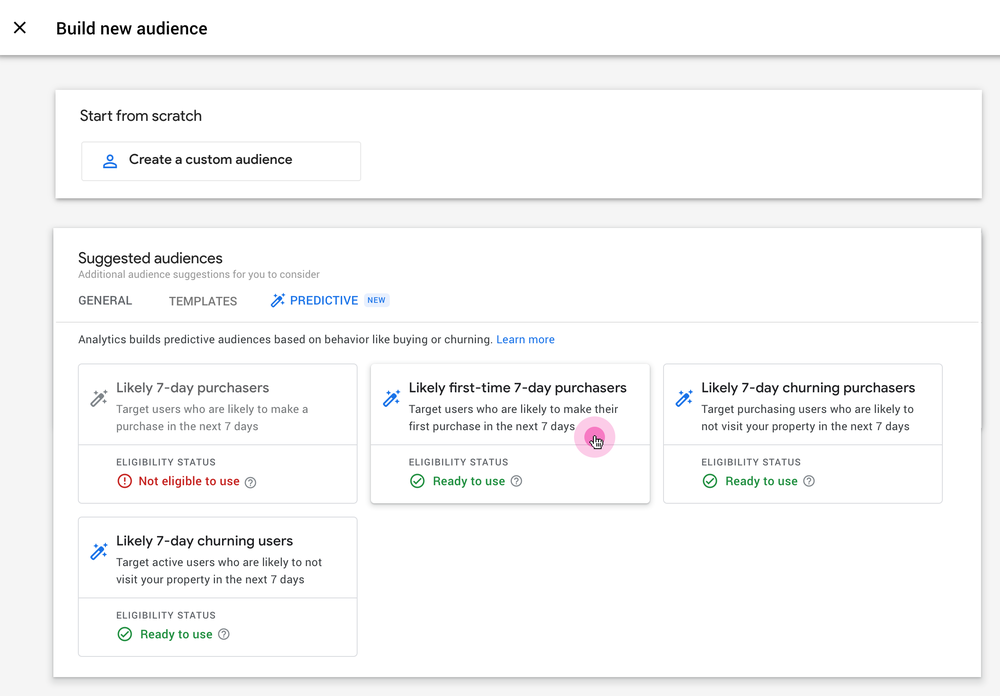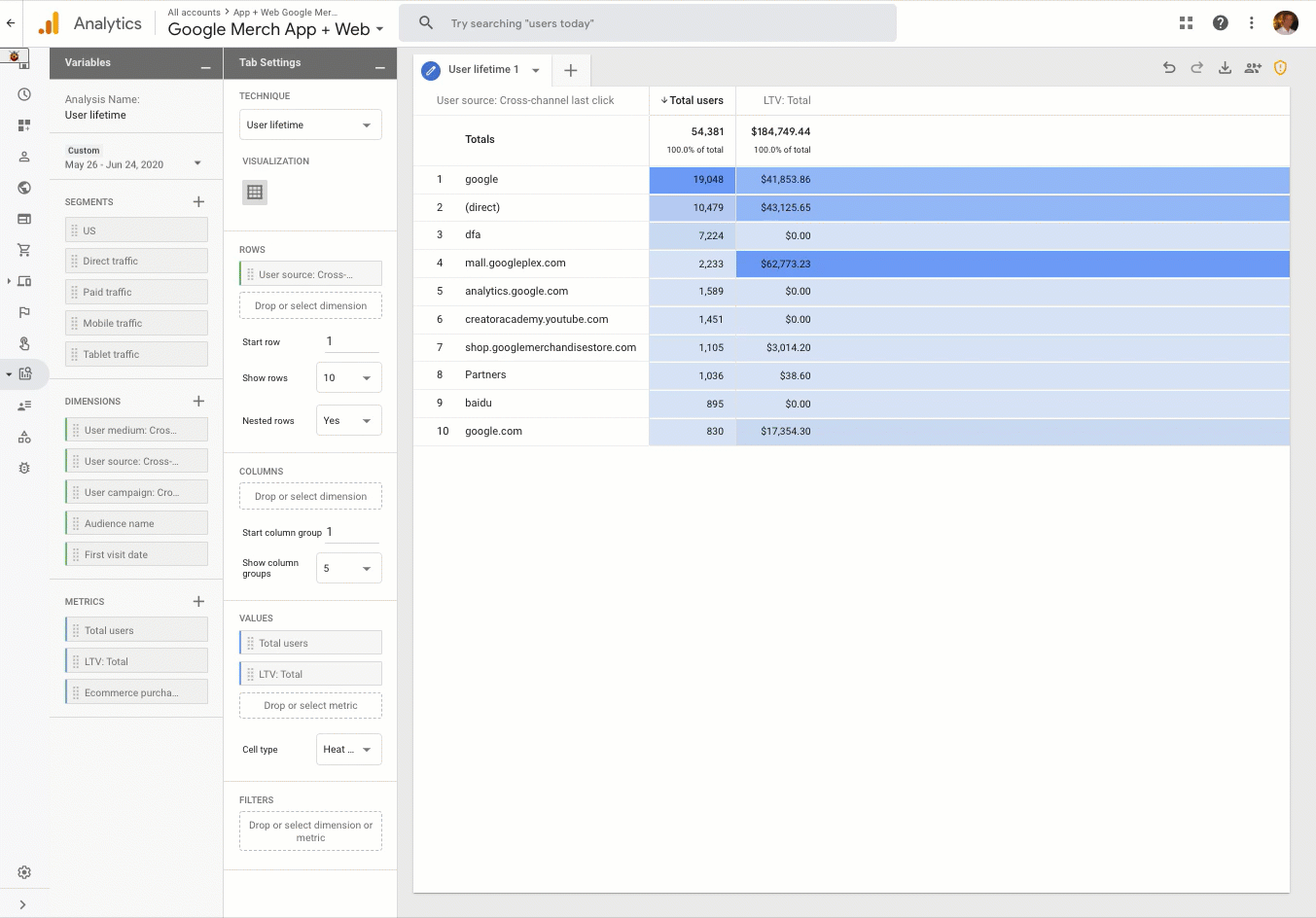As a large company, you may have multiple teams that need access to different insights, depending on their job function, products and markets. Let’s say your teams in the United States, Canada and Mexico need to view the data about your four product lines to understand what’s driving sales in their markets. With the new Analytics 360, you can create four product line sub-properties for each country team and customize their settings. For example, you can link each of them with your Google Ads and Google Marketing Platform accounts that are used for the campaigns running in these countries.
 New features in Google Analytics allow you to make better business decisions despite a continuously changing measurement landscape.
New features in Google Analytics allow you to make better business decisions despite a continuously changing measurement landscape.
 New features in Google Analytics allow you to make better business decisions despite a continuously changing measurement landscape.
New features in Google Analytics allow you to make better business decisions despite a continuously changing measurement landscape.
 Upgrade your Analytics 360 properties to Google Analytics 4 by March 2024 to preserve measurement and campaign performance.
Upgrade your Analytics 360 properties to Google Analytics 4 by March 2024 to preserve measurement and campaign performance.

